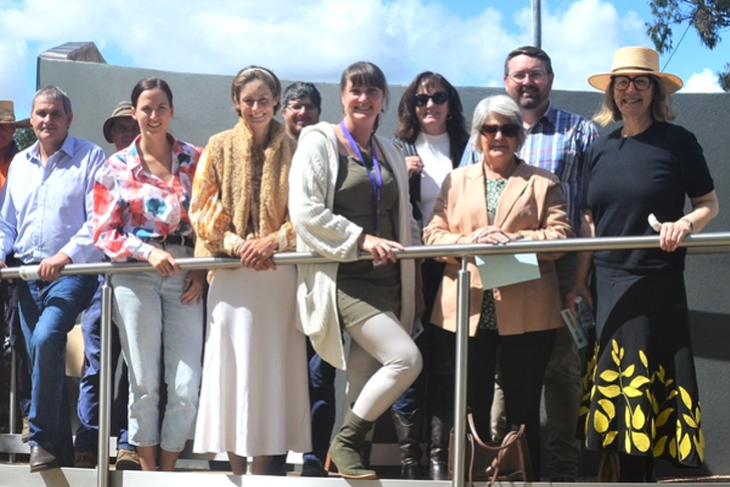
About one-third into the term of SDRC councillors is the right time to scroll out, take a breath, and look at the political landscape.
So far there have been 20 meetings, most ordinary monthly meetings with a couple of special meetings thrown in. The Town & Country Journal has analysed several aspects of the meetings, including length, number of reports included in the agenda, comparison to historic numbers and the voting trends of individual councillors.
Today we look at votes. Each of the nine councillors normally votes on proposed policy or decisions, only declining to vote when they have a direct or perceived (in some cases) conflict of interest with the issue on the table. Mayor Melissa Hamilton, as chair, has a tie-breaking casting vote. She also has the ability, within limits, to influence what is on the agenda. In all other ways, the mayor is equal to other councillors.
The current council held their first post-election meeting on 3 April 2024. It was a new era, with only three returning council members, a mayor who had never held office, and five first-term council members. In that first meeting, three resolutions were tabled and all passed unanimously.
Similar results have rarely been replicated since. By the second meeting, 19 April, 26 resolutions were carried unanimously but two were carried with a division —a process where a councillor asks for votes for and against to be recorded. In fact, only five meetings in 25 total had no divisions.
It is, of course, normal for councillors to disagree on items in line with their political perspective. Indeed, for the first few months of the new council, “no” votes were fairly evenly spread between councillors with the exception of Cr Sarah Deane, Cr Carla Pidgeon, and Cr Sheryl Windle, who did not cast a “no” vote in the first three meetings.
The analysis of subsequent votes overall is telling.
If one needed signs of increasing division in the Southern Downs Regional Council, one only needs to look at the sharp increase in the calling of divisions. In the first six council meetings of the current council, votes were unanimous 93% of the time, with divisions called in just 7% of cases—and on one occasion alone the vote was subsequently lost.
Contrast this with the next six meetings of council, with seven votes lost, and 22% of votes seeing the calling of a division. That percentage rose again to 26% this year, with the battle lines in the voting patterns appearing to have hardened, with just two cases where a vote was called for and lost.
One councillor stands out in terms of taking the stand against the majority: Cr Ross Bartley voted ‘no’ 50 times so far, with Cr Russell Wantling voting ‘no’ 37 times. A shift in patterns is also visible in the votes of Cr Joel RIchters and Cr Cynthia McDonald, who have both sharply increased their ‘no’ votes in 2025, both of them voting ‘no’ on more than double of the votes in 2025.
Deputy Mayor Windle has the least “no” votes – 11 out of about 416, followed by Cr Harslett, Deane and Pidgeon each casting 14 “no” votes.
Taken together, the analysis shows that a faction of one – Cr Bartley – early transformed into a faction of two – Cr Bartley and Cr Wantling. Now, that faction has doubled and includes Cr Richters and Cr McDonald. What these councillors have in common is harder to pinpoint than when their votes started to align. They are from differing geographic, socioeconomic and political persuasions; two are returning councillors, two are freshmen (or women).
The Town & Country Journal will continue the analysis of the current council in the next edition.
